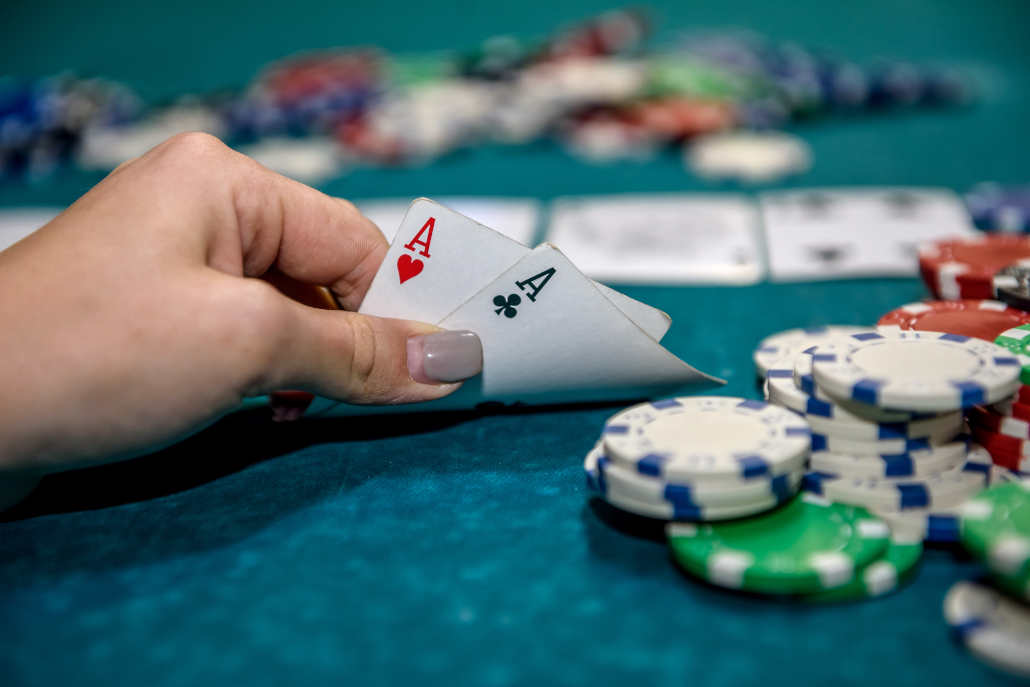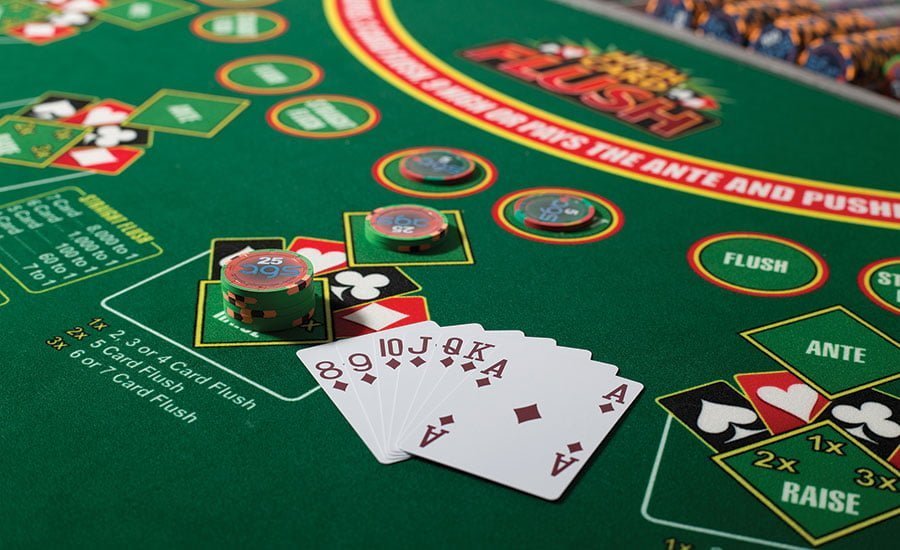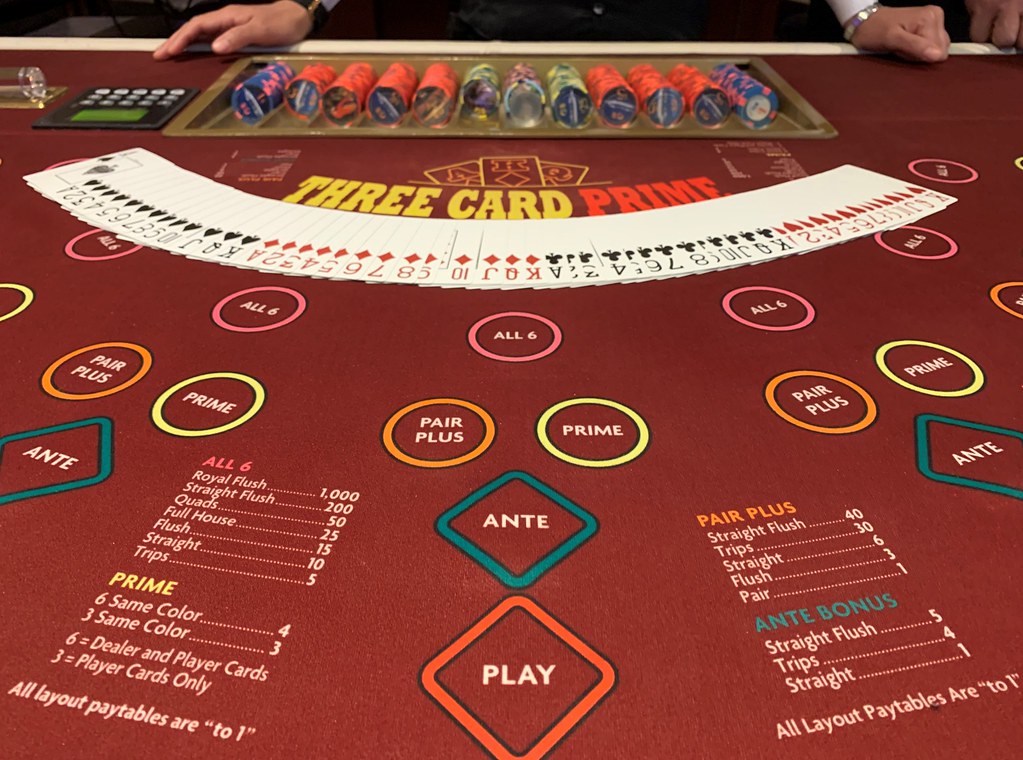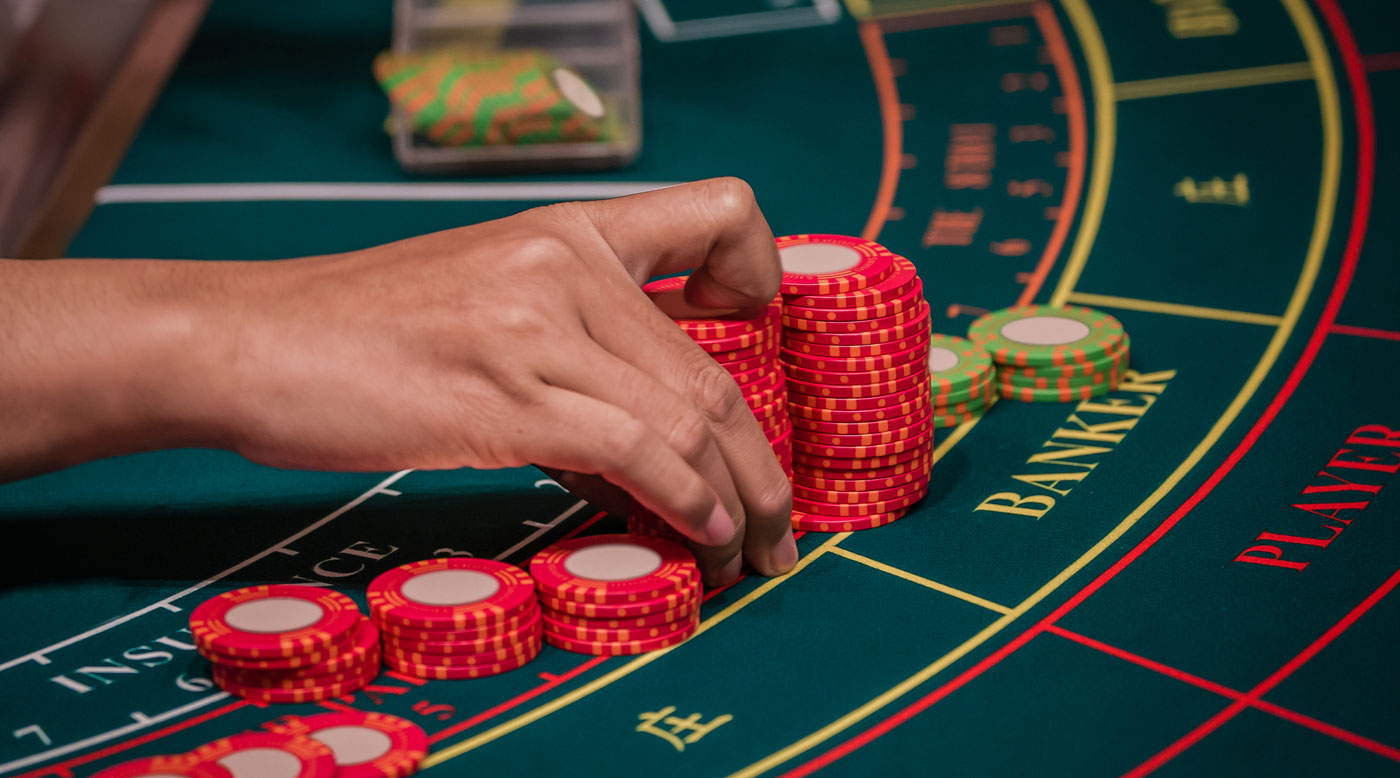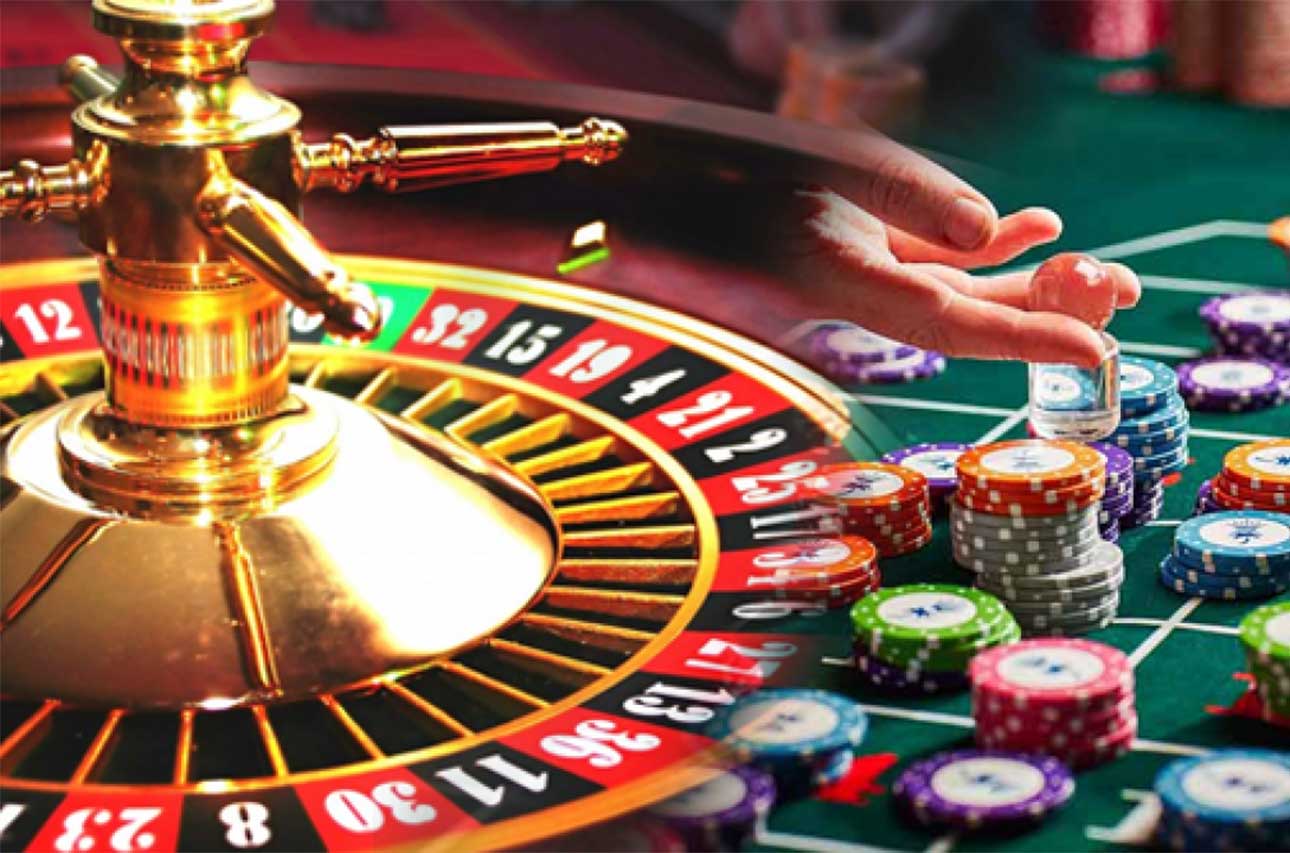Introduction
What’s A Royal Flush: A Royal Flush, often heralded as the pinnacle of poker hands, is a revered and unbeatable combination that exudes a sense of prestige and excitement in the world of card games. As one of the rarest and most coveted poker hands, the Royal Flush commands respect and admiration from players and spectators alike.
In poker, the goal is to form the best possible hand using a combination of cards, and the Royal Flush takes the crown as the ultimate achievement. This extraordinary hand consists of five specific cards of the same suit, arranged in sequential order, and commencing with the highest-ranking card, the Ace. The five cards in a Royal Flush are the Ace (A), King (K), Queen (Q), Jack (J), and Ten (10), all belonging to the same suit.
Throughout history, the Royal Flush has become synonymous with victory and triumph, as its appearance on the poker table guarantees an automatic win against any other hand. Its rarity, occurring once in every 649,740 hands on average in traditional poker games, makes it an enigmatic and cherished sight in the world of card playing.
We delve into the mechanics, significance, and allure of the Royal Flush, exploring its power to captivate players and fuel their aspirations in the quest for this illustrious and unbeatable hand. Join us as we uncover the mystique and excitement behind the Royal Flush, a symbol of excellence and skill that continues to fascinate and inspire poker enthusiasts worldwide.
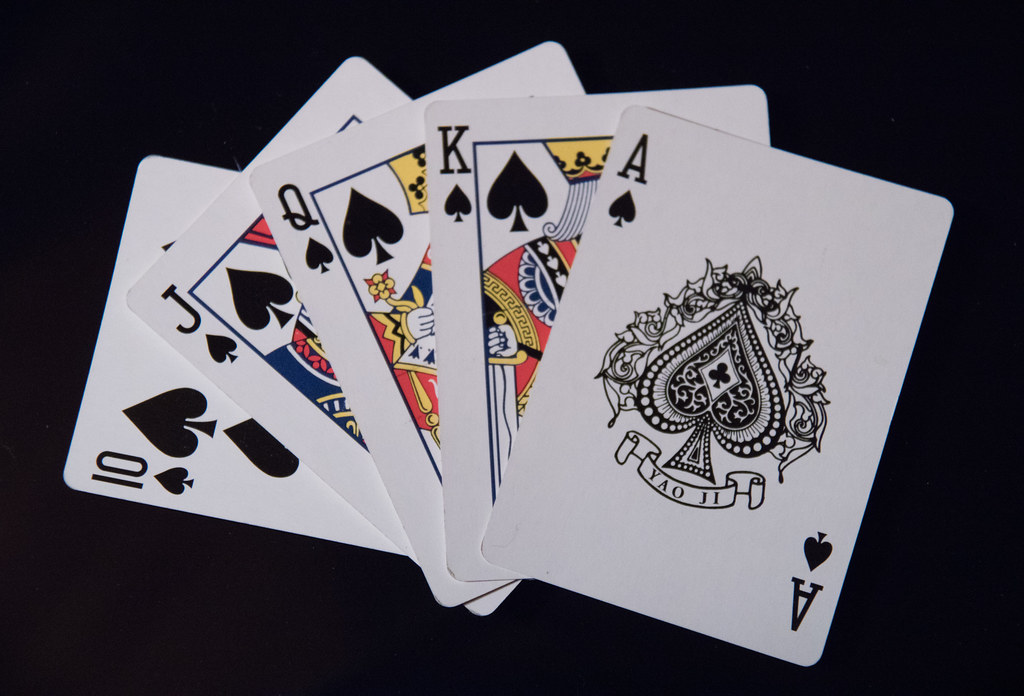
What is considered a royal flush?
Royal flush (plural royal flushes) (poker) Ace-high straight flush; a hand consisting of the cards A, K, Q, J, 10, of the same suit. This is the rarest and strongest hand in poker.
A Royal Flush is the highest-ranking hand in many popular variants of poker, including Texas Hold’em and Five-Card Draw. It is a rare and prestigious combination of five cards of the same suit, arranged in sequential order and starting with the highest-ranking card, the Ace. The cards in a Royal Flush must consist of the following:
1. Ace (A)
2. King (K)
3. Queen (Q)
4. Jack (J)
5. Ten (10)
The Royal Flush is an unbeatable hand and signifies the pinnacle of poker excellence. It is often associated with winning the most substantial pot in a poker game, as its rarity makes it challenging for opponents to anticipate and counter.
In games with community cards, such as Texas Hold’em, a Royal Flush can be formed by having the necessary cards in one’s hand and using the community cards to complete the sequence. For example, if a player holds the Ace and King of hearts in their hand, and the community cards on the board are Queen, Jack, and Ten of hearts, they would have a Royal Flush in hearts.
Due to its extreme rarity, a Royal Flush is a cause for celebration among poker players. It showcases not only skill but also a fair amount of luck, as the chances of being dealt this exceptional hand are exceedingly low.
What is Royal flush for example?
A royal flush consists of a ten-to-ace straight, and all five cards must be the same suit. There are only four ways to make a royal flush out of a 52-card poker deck. Other examples of the royal flush include A♣ K♣ Q♣ J♣ T♣, A♥ K♥ Q♥ J♥ T♥ , and A♦ K♦ Q♦ J♦ T♦.
A Royal Flush is the most coveted and powerful hand in poker, often regarded as the ultimate achievement for any player. It is a combination of five specific cards of the same suit, arranged in sequential order, and starting with the highest-ranking card, the Ace.
For example, if a player is holding the Ace, King, Queen, Jack, and Ten, all of hearts, they would have a Royal Flush in hearts. The Ace would be the highest card in this sequence, followed by the King, Queen, Jack, and Ten. Since all cards are of the same suit (hearts), this combination forms a Royal Flush.
In traditional poker games, such as Texas Hold’em or Five-Card Draw, a Royal Flush is exceptionally rare, occurring once in every 649,740 hands on average. Its rarity and value make it a remarkable sight on the poker table, and it is typically celebrated as a significant achievement when a player manages to obtain it.
A Royal Flush is an unbeatable hand, making it the strongest possible combination in poker. When a player has a Royal Flush, they are almost guaranteed to win the pot, as no other hand can surpass or tie with this impressive arrangement of cards. The Royal Flush embodies the pinnacle of poker excellence and is a symbol of triumph for any player lucky enough to hold this extraordinary hand.
Is a royal flush better than a straight?
What is the order of poker hands? As shown in the poker hand rankings chart, the order of poker rankings (from the highest to the lowest) is: Royal Flush, Straight Flush, Four-of-a-Kind, Full House, Flush, Straight, Three-of-a-Kind, Two Pair, One Pair, High Card.
Yes, a Royal Flush is better than a Straight in poker. A Royal Flush is the highest-ranking hand and represents the pinnacle of poker excellence, while a Straight is a lower-ranking hand.
A Royal Flush consists of five specific cards of the same suit, arranged in sequential order, and starting with the highest-ranking card, the Ace. The cards in a Royal Flush are Ace, King, Queen, Jack, and Ten, all of the same suit. It is an unbeatable hand, and no other combination can surpass its value.
On the other hand, a Straight is a hand that consists of five cards of any suit arranged in sequential order, but it does not necessarily have the highest-ranking cards. For example, a Straight could be 6, 7, 8, 9, and 10 of mixed suits. While a Straight is a strong hand in poker, it is inferior to a Royal Flush in terms of ranking and potential winnings.
In standard poker games, if two players have a Straight and one of them also has a Royal Flush, the player with the Royal Flush would win the hand. The Royal Flush is a rare and prestigious hand, and its appearance on the poker table is often celebrated as a remarkable achievement.
What are the 5 cards Royal Flush?
A ROYAL FLUSH
This consists of the ten, jack, queen, king, and ace of one suit. There are four such hands. The probability is 0.00000153908.
The Royal Flush consists of five specific cards of the same suit, arranged in sequential order, and starting with the highest-ranking card, the Ace. The five cards in a Royal Flush are:
1. Ace (A) of the same suit
2. King (K) of the same suit
3. Queen (Q) of the same suit
4. Jack (J) of the same suit
5. Ten (10) of the same suit
For example, if a player is holding the Ace, King, Queen, Jack, and Ten of hearts, they would have a Royal Flush in hearts. In this combination, the Ace is the highest card, followed by the King, Queen, Jack, and Ten, all of the same suit (hearts).
It’s important to note that a Royal Flush can only be formed with cards of the same suit, making it a rare and exceptional hand in poker. The odds of being dealt a Royal Flush are slim, occurring once in every 649,740 hands on average in traditional poker games.
The Royal Flush is the most coveted and unbeatable hand in poker, guaranteeing victory in any hand it appears. Its rarity and prestige make it a symbol of triumph and a remarkable sight on the poker table, often celebrated as the ultimate achievement for any poker player.

Which Royal Flush is strongest?
Royal Flush
This is the highest poker hand. It consists of ace, king, queen, jack, ten, all in the same suit. If there are 2 royal flushes in the running for High hand, then the ranking order from highest to lowest is Spades, Hearts, Diamonds and Clubs.
In poker, all Royal Flushes are of equal strength and hold the same value. Regardless of the suit (hearts, diamonds, clubs, or spades), a Royal Flush is the highest-ranking hand and is unbeatable by any other combination of cards.
A Royal Flush consists of five specific cards of the same suit, arranged in sequential order, and starting with the highest-ranking card, the Ace. The five cards in a Royal Flush are Ace (A), King (K), Queen (Q), Jack (J), and Ten (10), all of the same suit.
For example, a Royal Flush in hearts would consist of the Ace, King, Queen, Jack, and Ten of hearts. Similarly, a Royal Flush in diamonds would have the same cards, but all of diamonds.
Since all Royal Flushes follow the same sequence and consist of the highest-ranking cards of their respective suits, they are considered equal in strength. Therefore, there is no differentiation or hierarchy among Royal Flushes based on the suit.
The Royal Flush is a rare and prestigious hand in poker, occurring once in every 649,740 hands on average in standard poker games. It is the pinnacle of poker excellence and represents the ultimate achievement for any poker player fortunate enough to hold this extraordinary hand.
What is a Royal Flush in poker, and why is it considered the ultimate hand?
A Royal Flush in poker is the highest-ranking hand, revered for its unbeatable status and rarity. It is a combination of five specific cards of the same suit, arranged in sequential order, and starting with the highest-ranking card, the Ace. The five cards in a Royal Flush are the Ace (A), King (K), Queen (Q), Jack (J), and Ten (10), all belonging to the same suit.
The Royal Flush is considered the ultimate hand in poker due to several factors. Firstly, it is exceedingly rare, occurring once in every 649,740 hands on average in traditional poker games. The odds of being dealt a Royal Flush are slim, making its appearance a cause for celebration and excitement.
Secondly, a Royal Flush is unbeatable, surpassing all other poker hands. When a player holds a Royal Flush, they are guaranteed to win the hand, regardless of the opponent’s cards. This supreme strength and invincibility contribute to the Royal Flush’s prestige and allure.
Moreover, the Royal Flush embodies the perfect alignment of skill and chance in poker. While players can strategize and make calculated moves, luck plays a significant role in the creation of this extraordinary hand. As a result, the Royal Flush represents the pinnacle of poker excellence, showcasing a player’s mastery of the game and their ability to harness both skill and fortune to achieve the ultimate victory.
How is a Royal Flush formed, and what are the specific cards required to make this exceptional combination?
To have a chance at forming a Royal Flush, players must be dealt the precise combination of cards or rely on community cards (in games like Texas Hold’em) to complete the hand. For example, if a player is holding the Ace and King of hearts in their hand, they would need the Queen, Jack, and Ten of hearts as community cards to complete the Royal Flush.
While the Royal Flush is the highest-ranking hand in poker, its rarity adds to its allure and excitement on the poker table. Players often pursue this exceptional hand with enthusiasm, knowing that achieving it is a rare and extraordinary accomplishment.
When a Royal Flush is formed during gameplay, it is a cause for celebration and admiration from other players. It signifies not only luck but also a remarkable display of skill and strategy in the game of poker.
In professional poker tournaments and casinos, the appearance of a Royal Flush can create an electric atmosphere, elevating the stakes and drama of the game. It is a moment that players and spectators alike anticipate, as the Royal Flush embodies the pinnacle of success and victory in poker, a combination that is truly unparalleled in its power and prestige.
Why is the Royal Flush so rare, and what makes it such a celebrated and coveted hand in the world of card games?
The Royal Flush is exceptionally rare in the world of card games due to the specific combination of cards required to form it. To achieve a Royal Flush, a player must be dealt five specific cards of the same suit, arranged in perfect sequential order from the Ace to the Ten. The chances of being dealt this exact combination are incredibly slim, occurring once in every 649,740 hands on average in traditional poker games.
Its rarity and difficulty in obtaining make the Royal Flush a celebrated and coveted hand in the world of card games. The moment a player manages to form a Royal Flush, it becomes an extraordinary and memorable occurrence, often met with awe and applause from fellow players and spectators.
Beyond its rarity, the Royal Flush carries a sense of invincibility and prestige. It is the highest-ranking hand in poker and is unbeatable by any other combination of cards. When a player holds a Royal Flush, they are guaranteed to win the hand, regardless of what their opponents hold. This unparalleled strength and invulnerability add to its allure and elevate its status as the ultimate hand in poker.
The pursuit of the Royal Flush also symbolizes the essence of poker—strategy, skill, and the element of chance. Players often aim for this exceptional hand with fervor, knowing that its attainment requires a perfect blend of luck and expertise. Its rarity and reputation as the epitome of card-playing excellence make the Royal Flush a coveted symbol of triumph and success, making every sighting of this exceptional hand a momentous and celebrated event in the world of card games.

Conclusion
The Royal Flush stands as the epitome of poker hands, an esteemed and revered combination that captures the essence of skill, luck, and excitement in card games. With its rare occurrence and unbeatable status, the Royal Flush embodies the ultimate achievement in poker, setting the bar for players seeking to showcase their mastery of the game.
Throughout history, the Royal Flush has enthralled poker enthusiasts, professional players, and casual gamers alike, igniting a sense of exhilaration and anticipation whenever its rare presence graces the poker table. Its five specific cards of the same suit, arranged in sequential order from the Ace to the Ten, symbolize the pinnacle of card-playing excellence and serve as a testament to the unpredictability and allure of poker.
The quest for a Royal Flush epitomizes the thrill of poker, where players strategize, bluff, and anticipate with the hope of attaining this illustrious hand. Its legendary status has permeated popular culture, shaping iconic moments in movies, literature, and real-life tournaments, further solidifying its place as an emblem of victory and triumph.
As poker continues to captivate players worldwide, the Royal Flush remains an enduring symbol of the game’s essence—strategy, skill, and the pursuit of the extraordinary. It embodies the essence of competition and camaraderie that brings players together around the table, united in their quest for the remarkable and legendary Royal Flush. The allure of this exceptional hand continues to spark fascination and dreams of achieving poker glory, forever etching its place in the hearts of poker enthusiasts as the ultimate manifestation of card-playing brilliance.




























